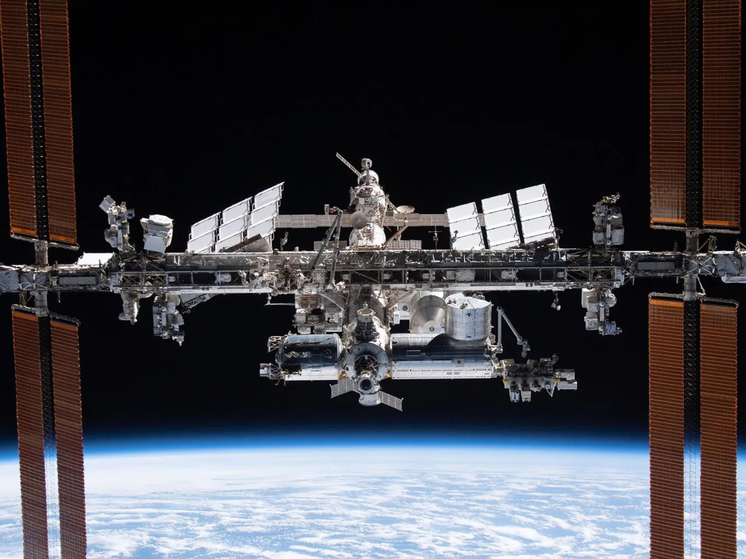«They'll have about eight months in orbit»
NASA will announce when the astronauts «stuck» in orbit will return to Earth, but it's not yet known how exactly that will happen. Americans Sunita Williams and Butch Wilmore had hoped to spend several days in space, but problems with Boeing's Starliner spacecraft mean they may not return until 2025.

NASA says it is close to announcing when it will bring home two astronauts who have been “stuck” in orbit for more than two months due to ongoing technical problems with Boeing’s new Starliner capsule, but admits it still hasn’t figured out exactly how.
The space agency's latest update on the troubled test mission, released Wednesday, showed that managers expected a final decision either late next week or early the week after that, after ground engineers complete an assessment of the Starliner capsule's faulty propulsion system.
Astronauts Sunita Williams and Butch Wilmore have been aboard the International Space Station for nearly 70 days, nearly 10 times longer than originally expected for the test flight, while engineers troubleshoot thrusters that failed during the first flight. Starliner docking attempts on June 6.
NASA said it still hoped to return the poor souls to Earth aboard the Starliner, but acknowledged that time was running out for a decision that could send the ship back without a crew, forcing the astronauts to remain in space until February next year, when they return home aboard a SpaceX Dragon capsule.
“It’s getting a lot more complicated. We’re getting to the point where we really should be making a decision by the last week of August, if not sooner,” said Ken Bowersox, associate administrator of NASA’s Space Operations Mission Directorate.
«Butch and Suni have done a great job on the space station. It's great to be up there, enjoying the environment, eating great space food and being able to look out the window. So I know they're trying to make the best of it, but I'm sure they're just as anxious as we all are to see what the solution is.»
Chief Astronaut Joe Acaba said he has been talking to the astronauts regularly about the prospect of a long-term stay.
“If Butch and Suni don’t come home on the Starliner and are kept on the station, they’ll have about eight months in orbit,” he said. “We’re fortunate that during human spaceflight we have regular resupply missions that allow crews on the station to get any extra supplies they might need.”
Notably, no Boeing representatives attended the media briefing, fueling further speculation about a rift between the space agency and its commercial partner over this and other collaborations, The Guardian notes.
Boeing engineers are reportedly confident that Starliner can now safely bring its crew home, while NASA, which lost 14 astronauts in two shuttle disasters in 1986 and 2003, is understandably cautious.
“I’m not surprised that the Boeing team is 100 percent behind their vehicle, that’s what we’d like them to do,” Bowersox said. “But I can also tell you that they want to partner with us. When we make a decision, we’ll work through it together.”
NASA leaders have stressed that Starliner, which launched June 5 seven years behind schedule and billions of dollars over budget, was still considered a crew rescue vehicle in the event of an emergency.
But its ongoing problems are an embarrassment to Boeing, which has recently faced multiple safety and quality issues in its aerospace division, and are also a setback for NASA’s plan to use the Starliner capsule as a secondary crew vehicle in a lower Earth orbit than SpaceX’s Dragon.
Asked whether the agency would consider an uncrewed Starliner return a failure, Russ DeLoach, head of NASA’s Mission Safety and Assurance Office, appeared to place the blame for such a scenario on Boeing.
“If we step in and demand that the mission be changed so that the crew goes home on something other than Starliner, we don’t have to consider that a NASA accident,” he said.























































Свежие комментарии